|
“Amber, in the years of play-testing, has been as much a matter of style as any set of specific rules” (page 225 in Amber DRPG)
This is one of the key sentences in the book, I believe. There are plenty of rules to the game, and while the text gives you all those rules, it is especially concerned with communicating the “style” of play that the book proposes. Wujcik’s main tool for showing that style in action are all the examples of play throughout the book. All the procedural rules are followed by script-styled examples of those procedures in play. So what do those examples show us? First, the game plays out it great fictional detail. The GM is constantly asking the players, “what are you doing?” The GM acts as the characters’ five senses and tells them what they detect with their senses and then prompts the players to react. This by itself is very cool thing. A lot of RPGs today strive to ground their game in as much talk about the fiction as possible during the conversation of the game, and it is clearly part of the “style” of Amber to have the game play out this way. So why is it set up that way? What does the game accomplish by adopting this style? I think it is a direct result of being diceless and set in the world of Amber. As Wujcik continually makes clear, the characters are super powerful and can accomplish just about anything with their near-godly powers. Moreover, with defined ranks determining victory, every player could see at a glance who will win any contest just by looking at the numbers. The answer is to obscure those numbers and those facts. Only by keeping the players in a constant state of uncertainty can the GM provide them with suspense, excitement, and mystery. So controlling the flow of information does double duty by first keeping the players in a constant state of uncertainty and by second making the players doubt their ability to do all the things they could easily do otherwise. The control of information is itself a check on the powerfulness of the characters. The uncertainty in the game depends on the players not talking to each other also. Those secrets are kept by pitting the characters against each other. There is a whole section in “How to Play a Character in Amber” called “Keeping Secrets,” in which the players are given half a dozen reasons not to give anything away about their characters. This is part of the reason for the auctioning of attributes. As Wujcik says, “Your job, as auctioneer, is to get those same kind of bitter rivalries going” (225). The GM is told to stoke rivalries during the auction so that the players will put that rivalry into their characters. I think most of us can agree that that is a messed up way to run a game, but messed up or not, that is the way the game is structured to operate. Hell, secrets go so far that even players are kept in the dark about their characters during advancements. GMs are told not to tell players how many points they earn for advancement. The players have to make wish lists in prioritized orders and let the GM assign the points according to that wish list.
0 Comments
An RPG I would like to play:
A world in which Asimov's Laws of Robotics are in place--and I would like the players to play the robots, bound by those laws. What would that look like? What would the characters do? How would being subject to the whims of NPC humans throw wrenches in the works? Step 1. Compare the Attribute Ranks of the participants in any Combat.
Step 2. The character with the larger Attribute Rank wins (page 80 in Amber DRPG). Sounds simple and straightforward. Then the game goes on to undermine that basic 2-step process. As Wujcik says in the section on “Campaign Advancement”: Points, desirable as they may be, do not an Amberite make. After all, it’s not a character’s Attributes, Powers, and items that determine superiority. It is how they are used. Pit a skilled and experienced Amber player, with a 100 point character, against a raw beginner with 200 points, and the outcome is certain. To paraphrase an old adage, quite appropriate for Amber, ‘age and treachery beat youth and power every time’ (139). By the basic rules of the game, a 200 point character played by anyone should beat a 100 point character played by anyone else because the “character with the larger Attribute Rank wins.” But that is of course not the case, so there is another resource available to the players that determine their success other than their points. In a diceless RPG, the players depend on resources of some sort to affect any encounter’s or challenge’s outcome, otherwise there’d be no mystery in how the game unfolds. At a casual glance, the resource in Amber are the 100 points that each player begins the game with to make their characters. You allocate those points to decide where your character will succeed and where they will struggle. But there must be another resource if the above statement is to be believed. The combat section of the text is really good. There are a lot of play examples and the text gives the players a lot of language to talk about a sword fight, even if you don’t know a thing about sword fighting except for what you’ve seen in movies. The text breaks your stances as a fighter into 1) attacking furiously, 2) taking an opportunistic stance, and 3) going defensive. Then each of those stances if broken down into more detail, and the text indicates how each stance will affect the battle depending on whether you are much better, a little better, the same, a little worse, or much worse than your opponent. But of course, you never know how you compare to your opponent because the GM is never up front about that point, so your success in the battle will depend on which stances you take to suss out your opponent and then what stances you adopt by what you learn early in the combat. When I first read this section, I made a note about how useful the language was. When I finished the book, I realized how critical that language is to the game because the language becomes coded within the context of the game. The GM is prompted to interpret the language used by the players in judging the success or failure of their actions. How well a player masters that language has a direct impact on how well their character does within the game, according to the whole of the rulebook. That language, that is the hidden resource available to the player. The other way to look at it is that the GM is the hidden resource, and the experienced player knows how to tap into the GM’s unspoken expectations. GM: Okay. What are you doing?
Kevin: I reach out with my Logrus filaments . . . GM: Wait a minute. You don’t have Logrus brought up to mind. Kevin: Oh, yeah. Okay, Roderick will concentrate on bringing the Logrus to mind. GM: A few minutes later, you’ve got the Logrus up and vibrating in your mind’s eye. Now what are you doing? Kevin: I reach out with my Logrus filaments. GM: The thin lines flail outward from Roderick. Where are you directing them? Kevin: I’ll picture the Crystal Ball, and reach the lines toward it. GM: What are you picturing? Kevin: A round, glass ball. GM: No particular direction? Or are you just letting the Logrus find its own way? Kevin: Whatever would get it quickly. GM: That would be leaving it up to the Logrus. There’s a sense of contact, your filaments lash over a sphere’s cool, glassy surface. Kevin: Great, I’ll yank it back here. GM: Into your hands? Kevin: Hmmm. No, right back to the cupboard GM: No sweat, the crystal sphere appears, snugly fitting into the velvet depression. Beth: I’ll look into it, seeing if there’s any impression of who stole it. GM: Okay, Yvonne is looking to the crystal sphere. Kevin: See, (to the rest of the group), wasn’t that a lot easier than chasing around through Shadow? GM: Beth, you see that the ball isn’t really clear. It’s filled with little specks of shiny metal. It’s also got three holes drilled into the top part. Beth: Holes? There aren’t supposed to be any holes in the Crystal Ball. What do they look like? GM: Well, it’s clear enough so you can see the holes aren’t all that deep. One hole is bigger than the other two, and spaced further apart. Beth: Yvonne will pick the stupid thing up by the holes. Roderick, you idiot, you just retrieved a bowling ball! Kevin: What?!? GM: It does seem to be a bowling ball. Just made out of a glassy material. Kind of pretty (pages 47-48 in Amber DRPG) 1) Who wouldn't want to punch this GM in the face? 2) On the one hand this example of play is really grounded in the fiction. It's overflowing with details and specificity. 3) The GM uses those details to both limit the success of Kevin's actions (if he described himself using the Logrus differently, he might have succeeded in finding the Crystal Ball) and to control information in a way that misleads the player. 4) Amber's text is filled with examples of play. All of them are filled with fiction-focused play, "what are you doing?"'s, and the controlling of information to mislead, worry, or cause doubt in the players. ----- Tony Lower-Bausch shared this story about playing in a game at a con with Eric Wujcik when Tony was a kid: I played a TMNT session with him, and a game of a hybrid between Teenagers from Outer Space and Biker Nuns with Guns (or some such second game). I remember that he asked for detail on a combat down to which foot I held forward, and what angle I struck at. I pointed out (reasonably, I thought) that I the player was a 13-year-old gamer, whereas my character had a lifetime of ninja training, so maybe the character knew better what to do in a given situation. He told me that I'd done the wrong thing, and had one of the serving girls at the mansion we were visiting hospitalize my character. In the second session, he applied the Nuns system (which deals damage in round hundred) to TFOS's "each point of Bonk done means a minute of real time you have to sit out." I took damage, and he told me that I could return to play in six hours, if I waited, but that he had no sympathy for someone walking away and then expecting to return as if they'd been there the whole time. So, y'know ... pretty much just like the advice in the book. I'm studying up on diceless RPGs, and naturally enough, I've started with Amber. I'm about halfway through the text and have a lot of thoughts about it, but I keep thinking about this little gem that occurs on page 14:
Hardly anyone is ever satisfied with the results of an Attribute Auction. If you don't bid, you'll regret not getting the good Ranks. If you bid, you'll regret the points you spend. Still, what do you expect? You're competing with other players. No matter how unhappy you are with the results, remember that every bid you make throws a monkey wrench in somebody else's private plan. Hey, I've designed a game that leaves everyone unsatisfied halfway through character creation, at which point the only salve is knowing that at least you've messed up the joy of your fellow players! #DesignGoals. Next we caught a noon game at Games on Demand of +Hakan Seyalioglu and +Kathryn Hymes's Dialect, run by Hakan himself. Our boarding pass was, like, 5th, so we were certain the game would be booked, but we were able to get in because today was charmed in that kind of way.
The game was as awesome as I'd heard and hoped, and Hakan is a stellar human being and facilitator. The table selfie is fuzzy because my phone sucks. That's me, Hakan, John, and +Ann D. It was John's first time playing a game requiring improv, but he gave it a great go. The final highlight of the day was walking the exhibit floor. I got to meet +Hannah Shaffer in all her fine pirate-inspired garb at the 7th Sea booth. Not surprisingly, she was funny and charming and delightful.
Then I got to meet +Brennan Taylor and get my hands on Mortal Coil, which I have heard so much about and have been wanting to read. (Also pictured is +Jared Sorensen's Lacuna Part I, which I was lucky enough to buy from the author himself at the Burning Wheel booth when I met with Vincent and Adam--it's another game I have only heard praise for and have been eager to pore over.) I have been impressed by everyone I have gotten to meet in the indie rpg industry--such nice, smart, and engaging people. Now at home with our guests to play some Quiet Year and board games. Like I said, it was pretty much a perfect day. The next highlight was going by the Chaosium play room. +Ann D and I collaborated on a scenario for a contest run by Chaosium looking for con-ready scenarios. Ours was one of the five selected, and it is being run all weekend long here at #GenCon50.
We got to talk to one of the GMs who had been running the game and a number of the players who ran in it and got to hear about how much fun they had and the unexpected turn their games took. It was a real high. Today was a pretty perfect day at #GenCon50.
It began by getting to meet +Vincent Baker at the Burning Wheel booth. Vincent is every bit as wonderful in person as you would think, and I really got a kick out of meeting and conversing with him. At the same time I got to meet +Adam Koebel and tell him how fantastic Office Hours is. I could not think of a better way to start the day. #GenCon50 - Badged up and rarin' to go. Awesome badge tags courtesy of Games on Demand.
Had a blast playing Technoir with +Mark Redacted this morning at Games on Demand! Thank you for the great GMing, Mark!
Got to play a 2-hour game of J. Walton's Restless at Games on Demand this morning. Fantastic way to kick off day 2 at Gen Con! +Jason Morningstar moderated. We were torn between smiling from the great time and reflecting the pain and hardship--hence the mixture of expressions.
With Marcy, +SL Scheibe, +Ann D, +Alex Scheibe, Jason Morningstar, Kyle, Gavin, and Me (from Left to Right) #RPGaday2017 Day 7: What was your most impactful RPG session?
In early 2016, I ran a two-shot Call of Cthulhu adventure for my son (who was then about to turn 16) and three of his friends. It was my son's first RPG with other kids, and it was all of his friends' first time. They all created wonderfully flawed and funky investigators and blew me away with both they're role-playing and investigative instincts. The four of them have been playing RPGs together ever since. Who can ask for a better impact than that? #RPGaday2017 Day 6: You can game every day for a week. Describe what you’d do!
Since we are in full-on fantasy world here, I would like to make this fantasy come true by having GenCon be a week long and having the good folks at Games on Demand operate for the whole week. I live here in Indy, so I would play when I wanted, eat when I needed, sleep as desired, and have a seriously incredible week. #RPGaday2017 Day 5: Which RPG cover best captures the spirit of the game?
I'm just restricting this question to games I own, and I'm giving you my top 4: Kingdom of Nothing, by Jeff Himmelman: I love this cover and the ideas behind this game (I haven't been able to play it yet, but that time will come). Noirlandia, by +Evan Rowland: The game is awesome, and the noir-ness and surrealism are captured beautifully in Evan's cover art. The art alone makes me want to get people together to play. Perseverant, by +Ben Dutter: We have played games that are exactly as gruesome as this cover. I love the bloody lone figure and the impossible chasm he seems to have crossed. Fiasco, by +Jason Morningstar: The cover image of a man somehow managing to shoot himself unintentionally in the head tells you everything you need to know about what's going to unfold in the game you play. #RPGaDAY 2017 Day 4: What RPG have you played the most in the past year?
By far, the game I played most was Forge of Valor, a game in development by +Ben Dutter. That's a lot of awesome Sundays of play. As for published games, I think it's a toss up between Fiasco and Call of Cthulhu. #RPGaDay Day 3: How do you find out about new games?
Yeah, like everyone else on here, it's primarily G+. And not only "new" games--I am returning to the hobby after years away, so I am busy catching up on the last 20 years of games, so I am constantly learning about older games that are new to me! My main source for these old new games are G+ and the bevy of podcasts I listen to: The Gauntlet +1 Forward Backstory Modifier It's Like DnD The Jank Cast Misdirected Mark RPG Design Panelcast #RPGaDay2017: Day 2: What is an RPG you would like to see published?
The games I am most eagerly awaiting the publication of are Bluebeard's Bride and Companion's Tale. A game I would love to see would allow me to create the kind of stories that Thomas Pynchon tells. Crying of Lot 49, the game? Come on! It would make an incredible RPG full of paranoia and clues that almost add up to something earth-shatteringly big. Gravity's Rainbow too. Movies and TVs are very reasonable sources for RPGs. I'd like to see the adaptation of more novel (the noun, not the adjective) techniques. 1) What published RPG do you wish you were playing right now?
My Life with Master, by Paul Czege. Thankfully, one of my groups is getting together tonight to play the second session of the game we started last week. We shall see how poor Dorothy, Matilda, and Lizzie overcome the cruel manipulations of Baron Luchetta. There will be fire, popped-out eyeballs, piles of rabbits, and plenty of heartache, I suspect. #RPGaday2017 |
Jason D'AngeloRPG enthusiast interested in theory and indie publications. Archives
April 2023
Categories |
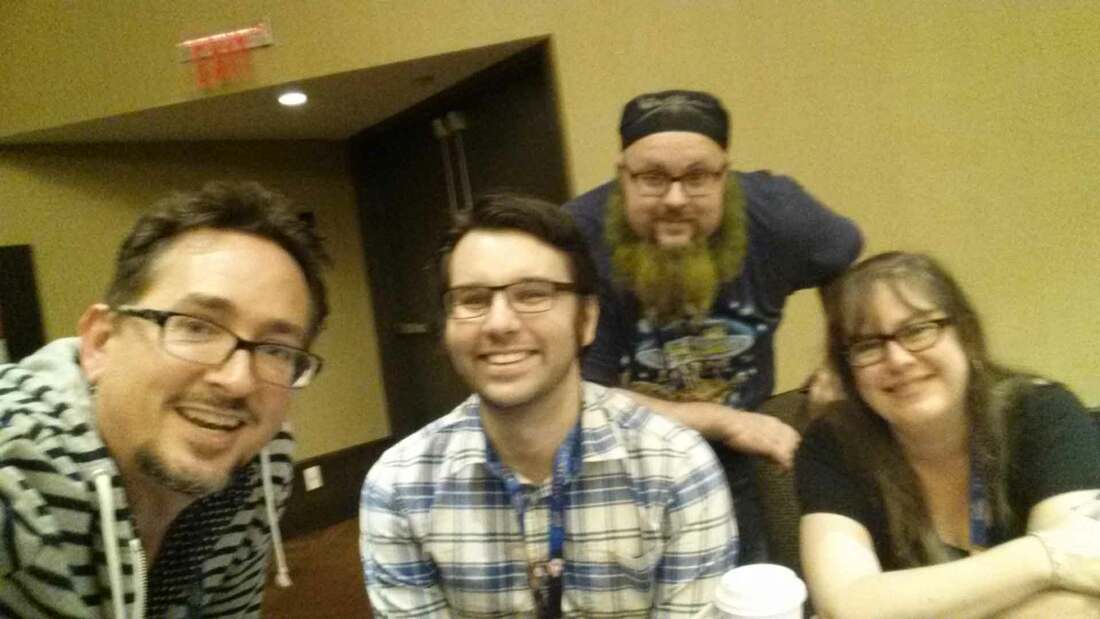
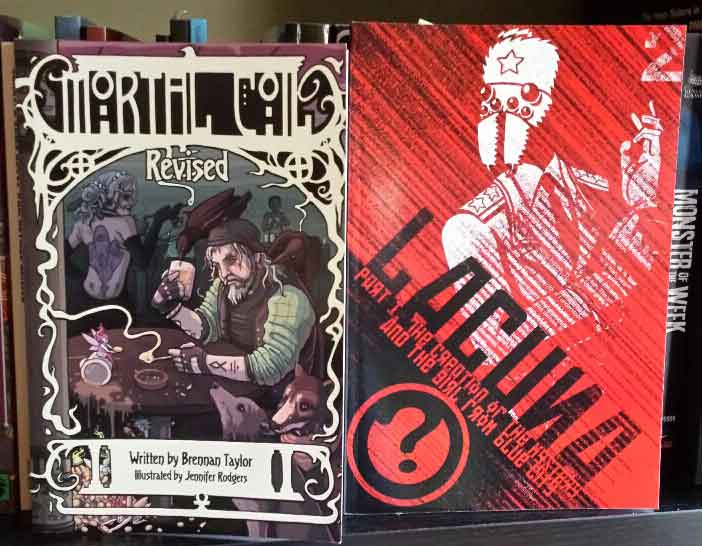
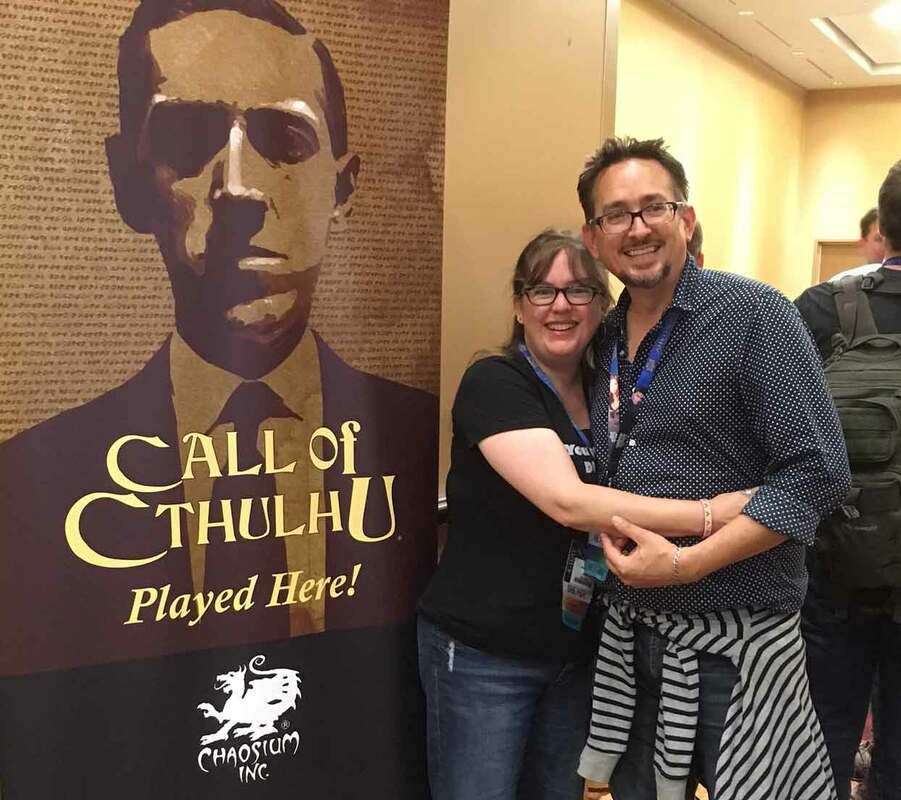
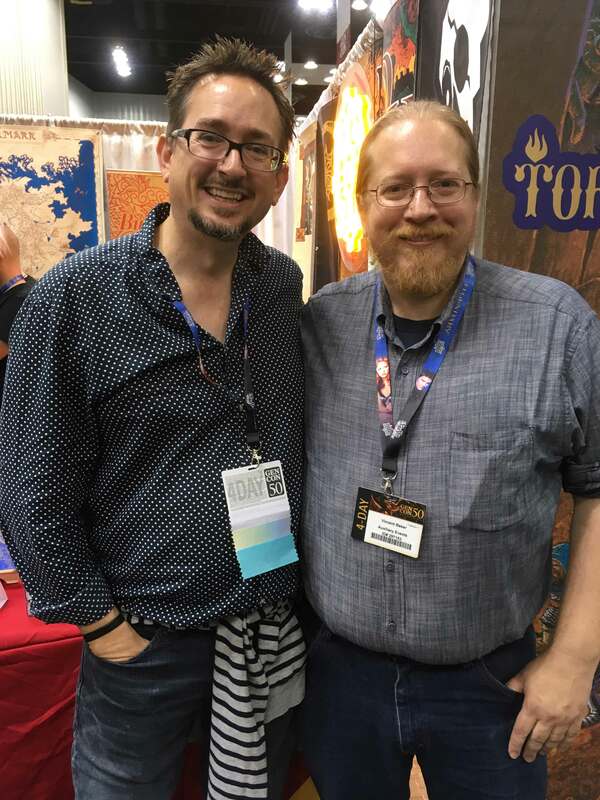

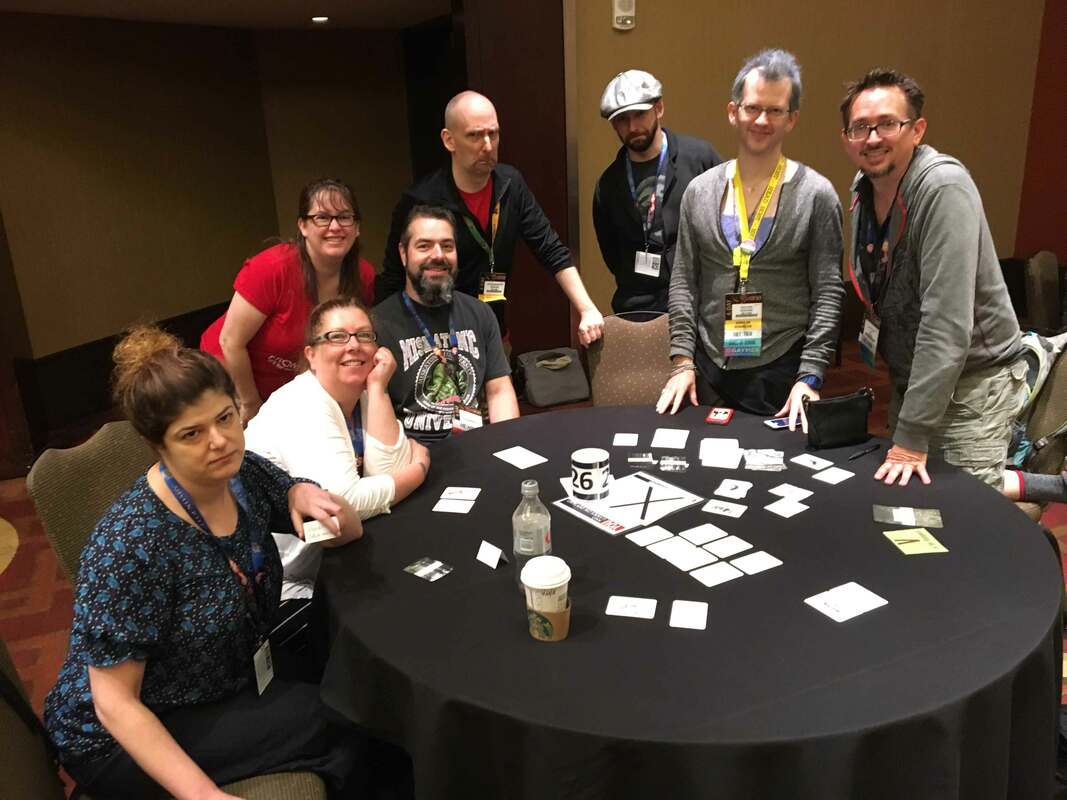
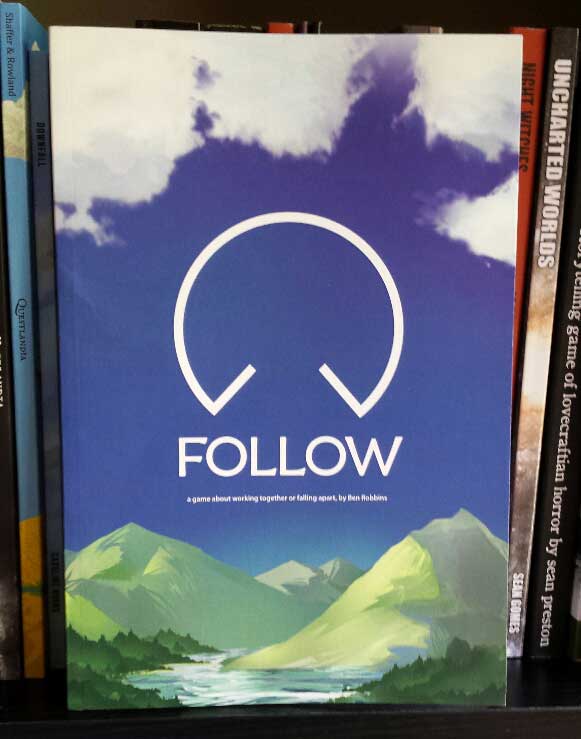
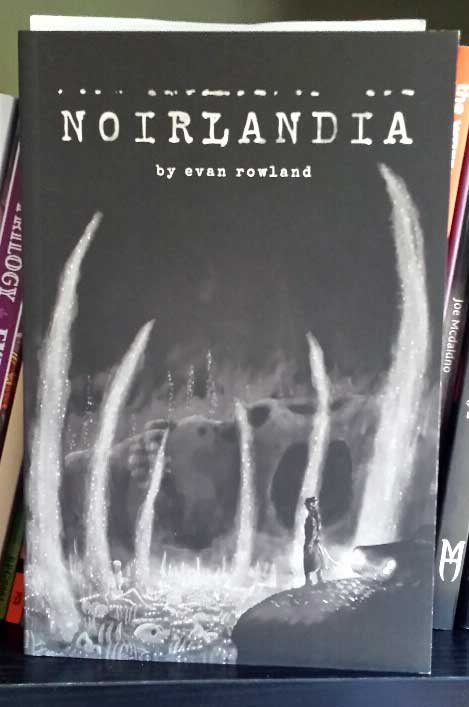
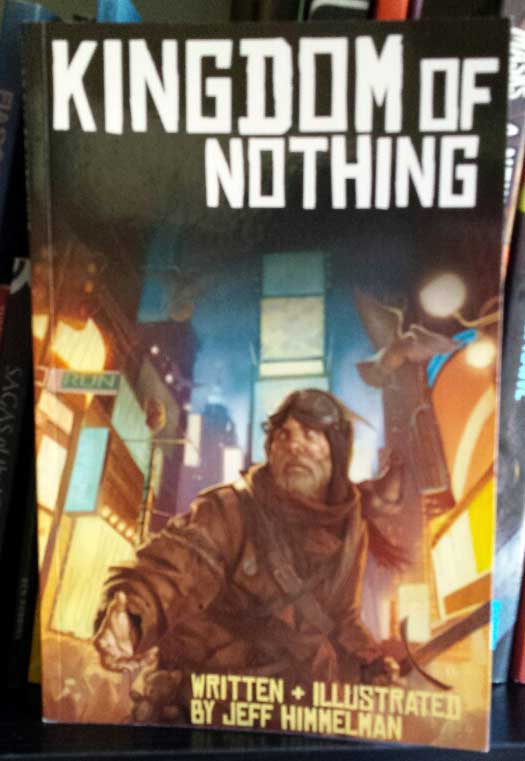
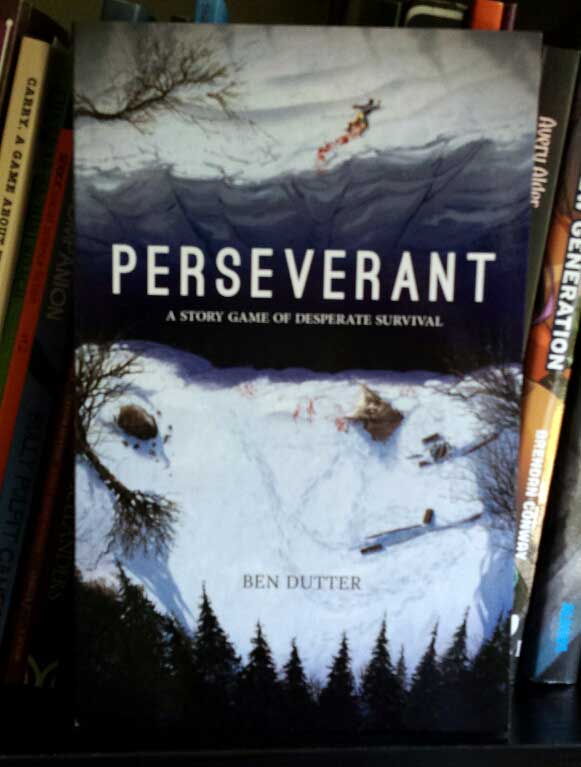
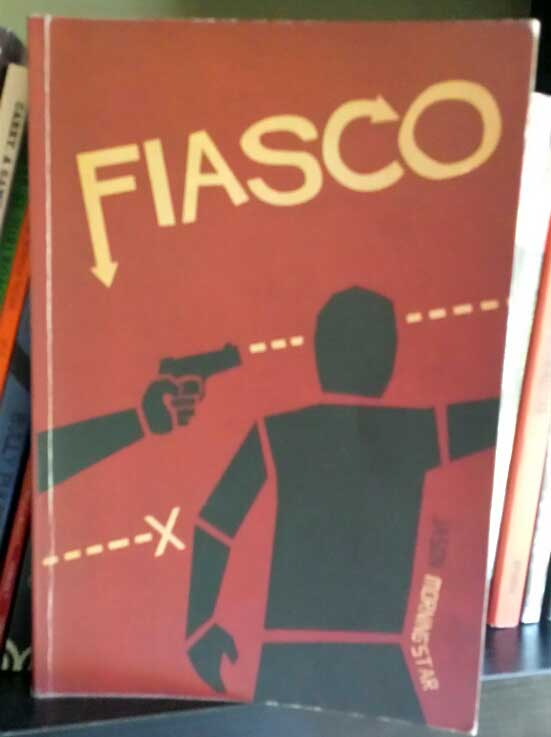
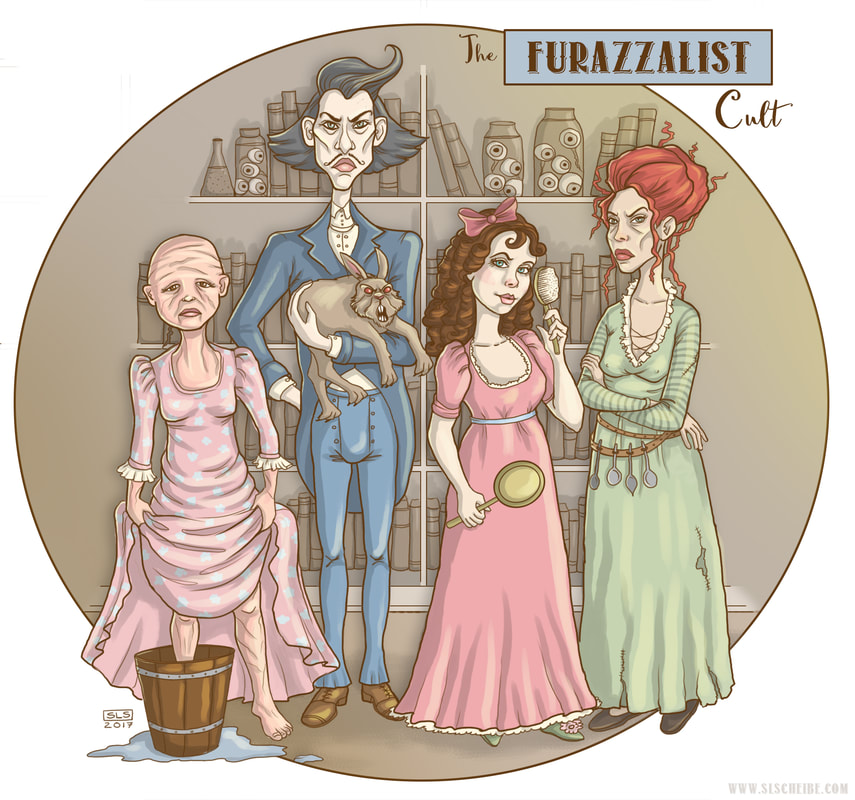
 RSS Feed
RSS Feed